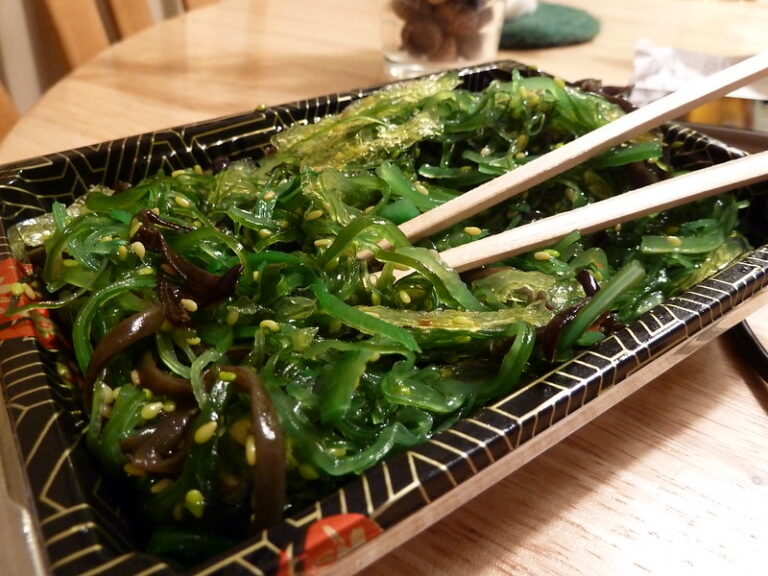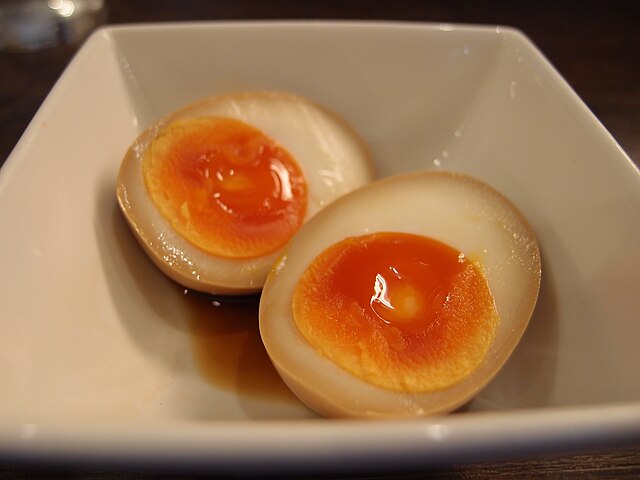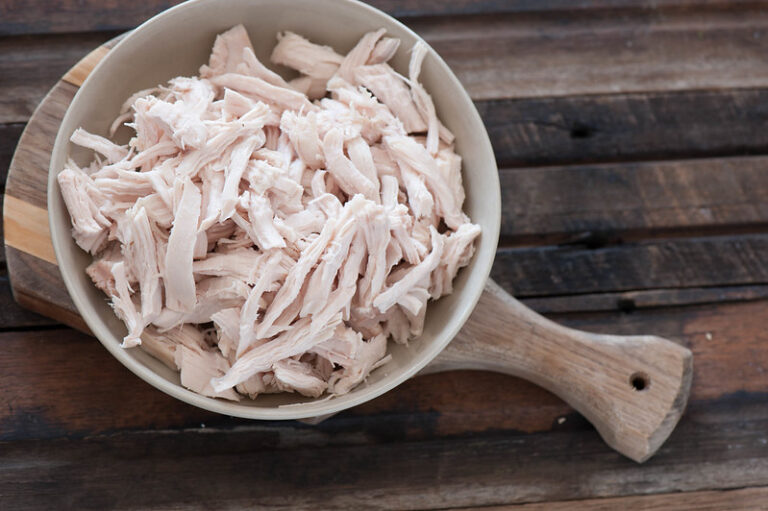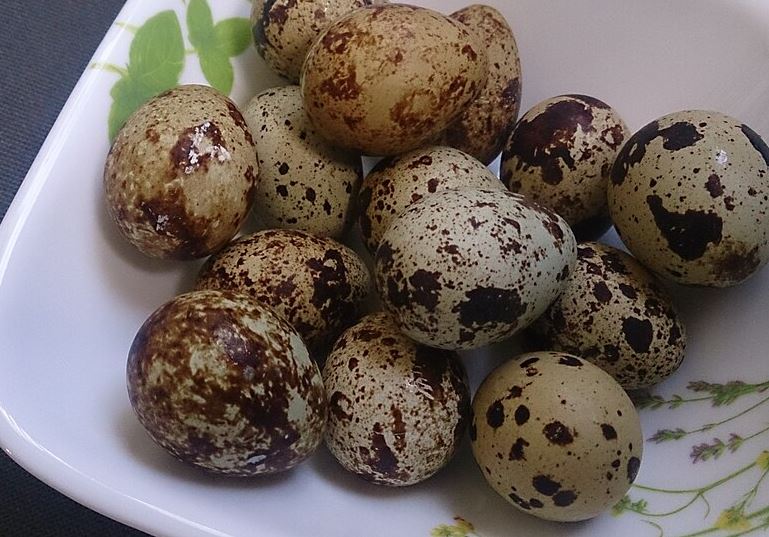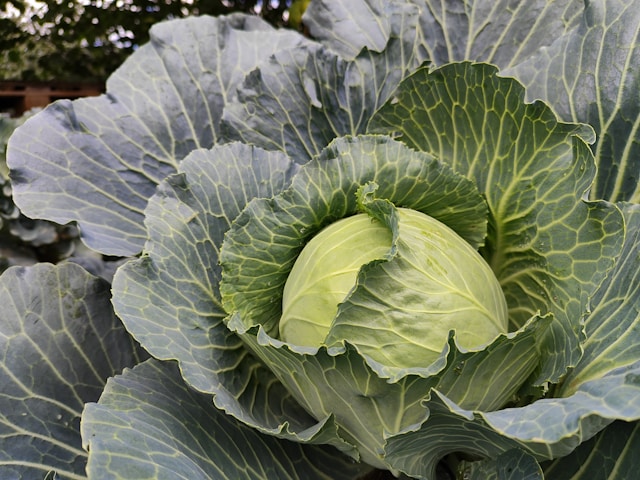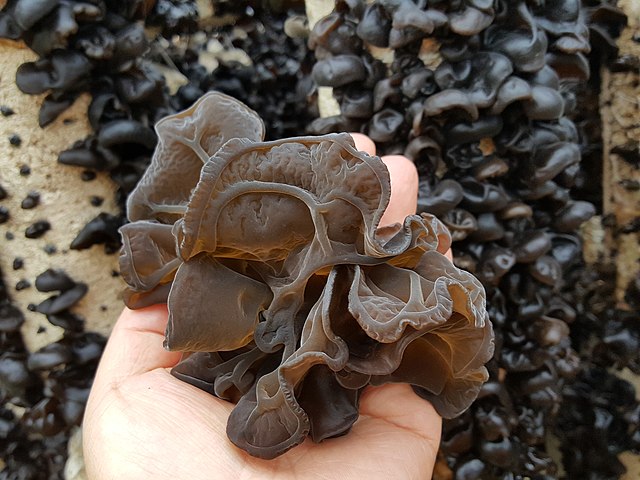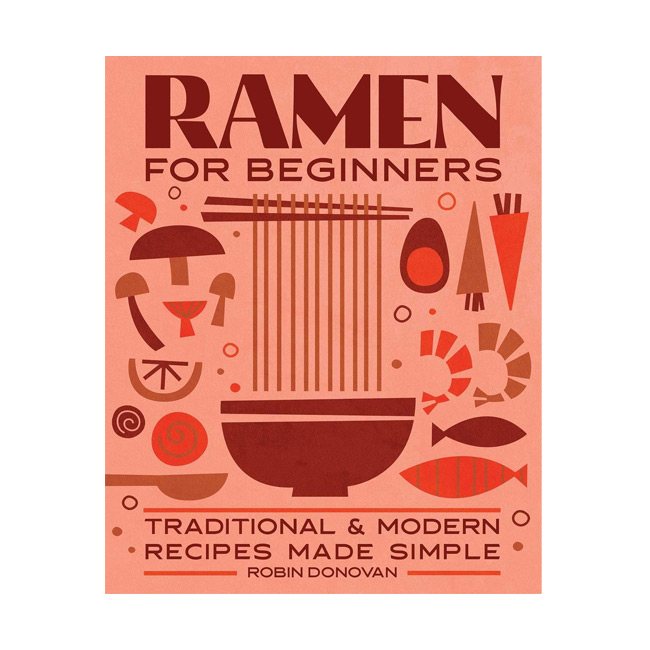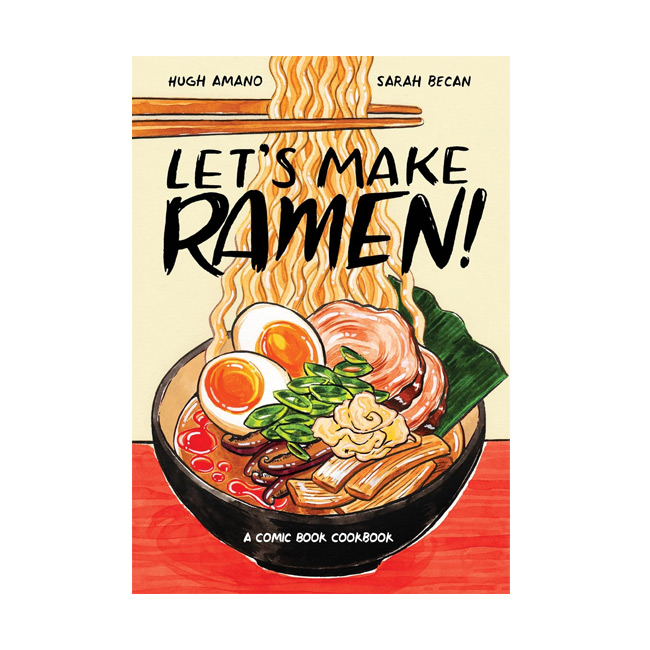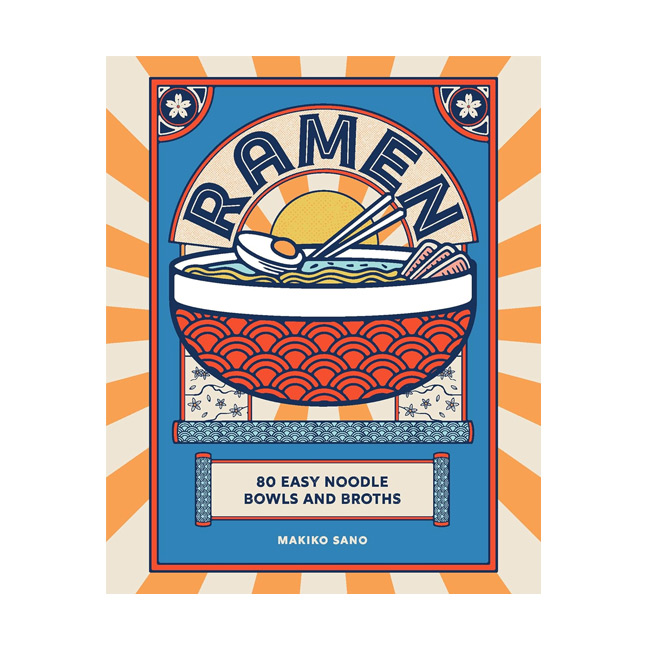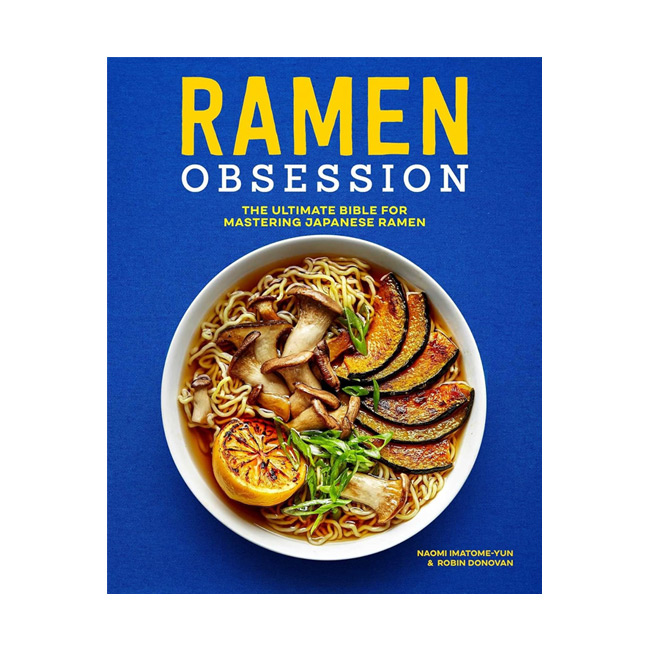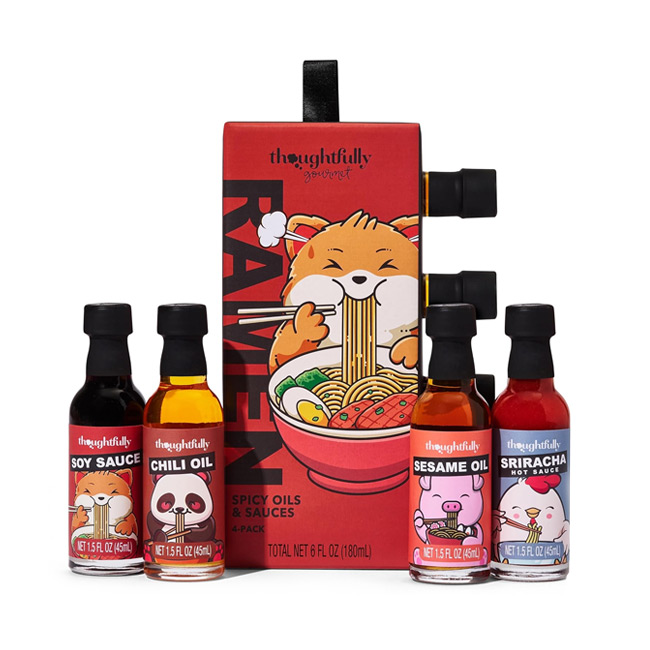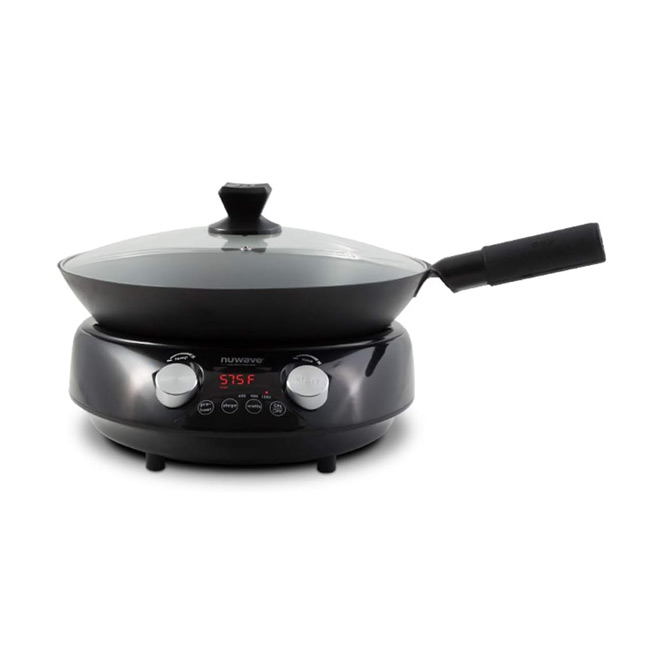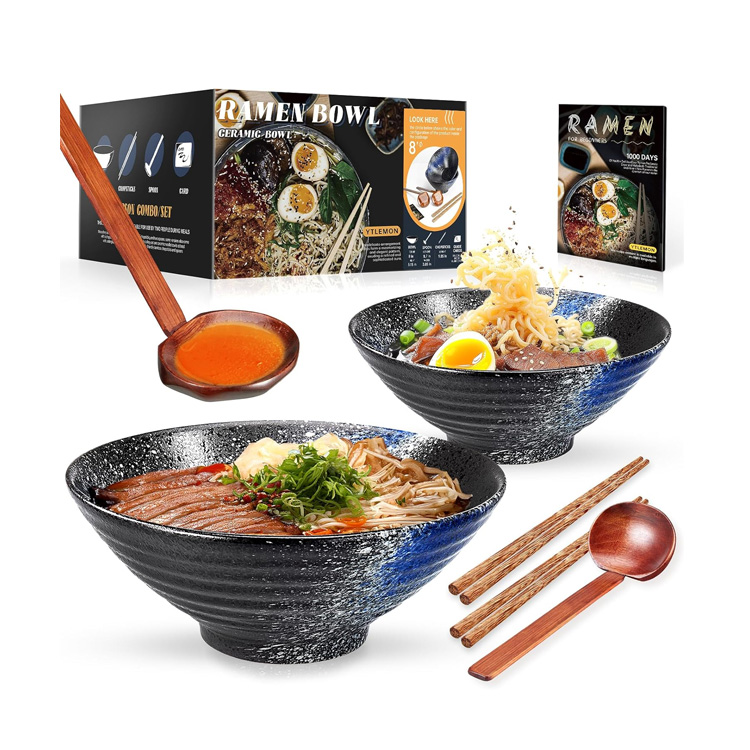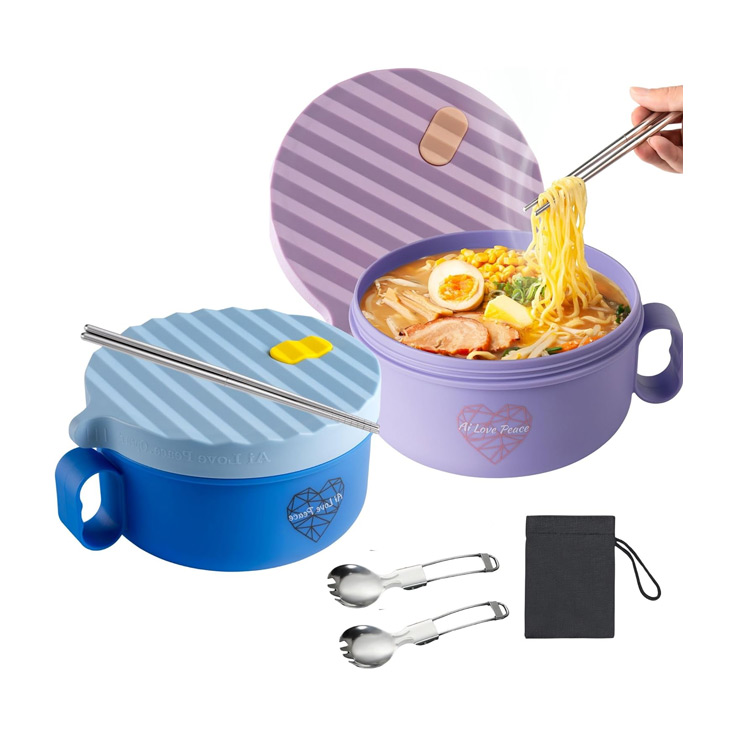Wakame, a type of edible seaweed, is a popular and nutritious topping often used in ramen. Known for its delicate texture and subtle briny flavor, wakame adds a refreshing and slightly oceanic taste to the dish.
This dark green seaweed is commonly found in Japanese cuisine, prized for its health benefits and versatility. In ramen, wakame not only enhances the flavor profile but also adds a visually appealing contrast with its deep green hue. Its tender, slightly chewy texture complements the other ingredients, making it a favorite among those seeking a nutritious and flavorful addition to their ramen bowl.
Usage and Selection
Wakame is used in ramen to add a subtle umami flavor and a delicate texture that pairs well with both light and rich broths. When selecting wakame, choose dried seaweed that is dark green and free from any discoloration, as this indicates freshness and quality.
To prepare wakame for ramen, soak the dried seaweed in cold water for about 10 minutes until it rehydrates and becomes tender. Drain and rinse the wakame thoroughly to remove any excess salt. Add the rehydrated wakame to the ramen just before serving to maintain its texture and vibrant color. Wakame can also be lightly blanched if a softer texture is desired. Its mild flavor makes it a versatile topping that enhances the overall dining experience.
Types of Ramen Using Wakame
Wakame is a versatile topping that pairs well with various types of ramen, adding a subtle umami flavor and a refreshing texture. Here’s an introduction to some popular types of ramen that traditionally use wakame:
Wakame enhances many ramen styles with its delicate texture and subtle oceanic flavor, making it a favorite for adding a nutritious and flavorful touch. Its versatility allows it to complement a range of broths and toppings. Here are some of the most common types of ramen that feature wakame:

Shoyu Ramen
Shoyu ramen uses a clear and salty soy sauce broth and is considered fairly balanced, with many comforting flavors.
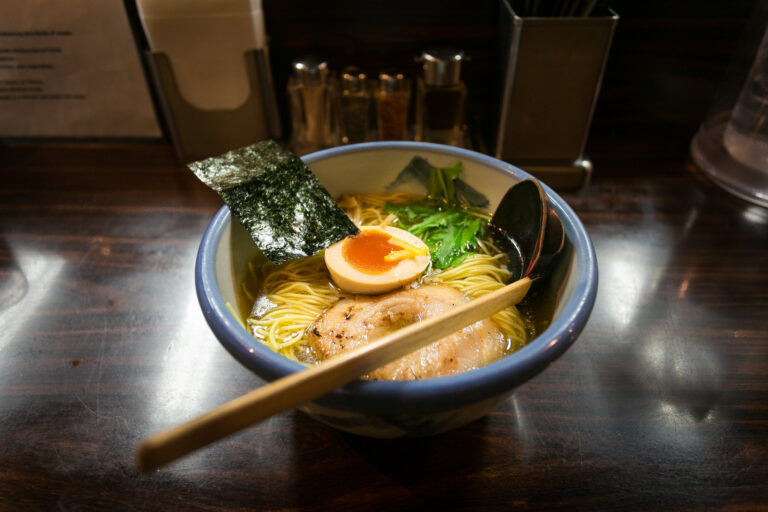
Shio Ramen
Shio Ramen is based on chicken broth. Its main seasoning is salt, and its toppings are usually a refreshing mix of seafood and veggies.
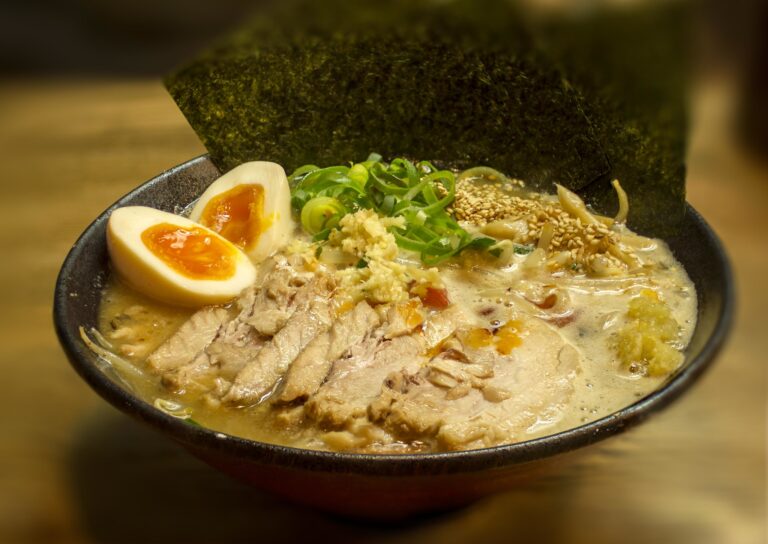
Miso Ramen
Miso Ramen originates from Hokkaido and features a robust miso-based broth, as well as ground pork, corn, and a blend of savory toppings.
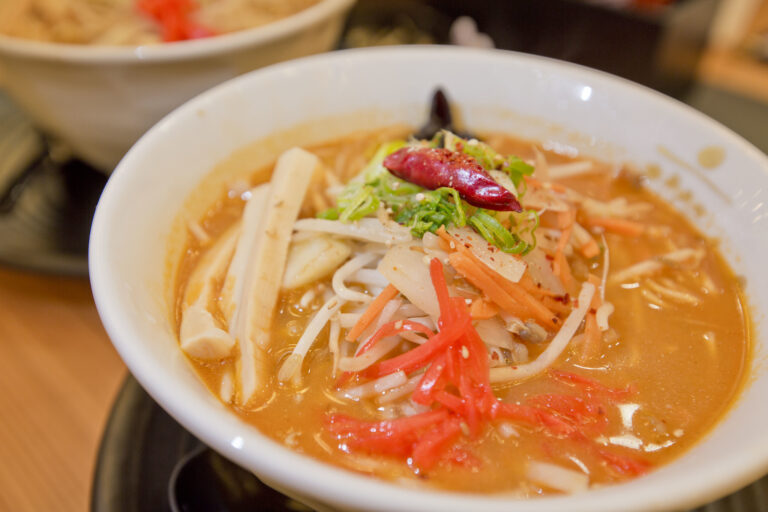
Vegan Ramen
Vegan ramen (or plant-based ramen) is often made with fresh and dried mushrooms, garlic, ginger, mirin, and miso paste.

